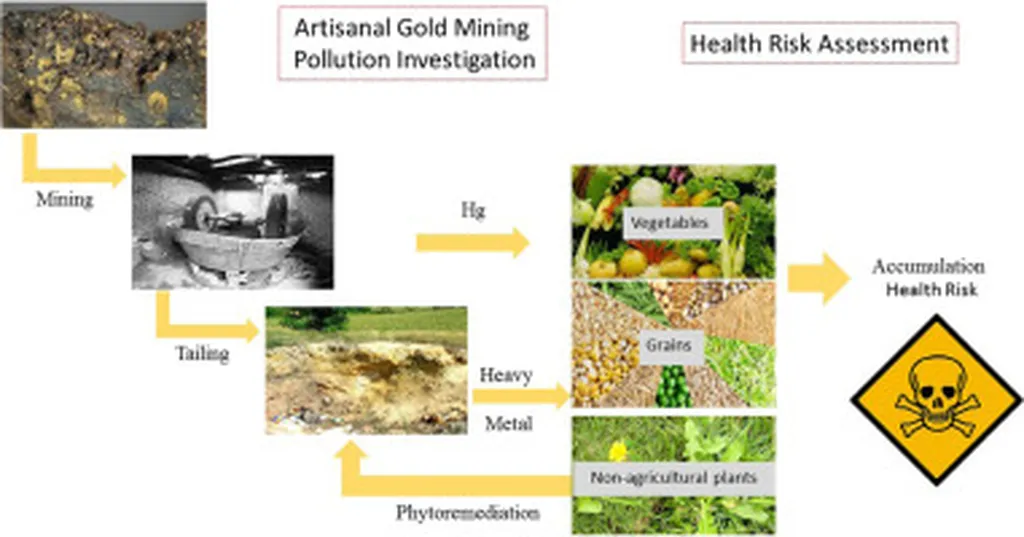In the heart of China’s Shanxi province, researchers are making strides in the fight against heavy metal pollution in agriculture. Xiaohuan Yang, a scientist at Shanxi Agricultural University, has been exploring the potential of silica nanoparticles (nSiO2) to alleviate cadmium (Cd) toxicity in crops, a pressing issue that threatens food security and sustainable agriculture. Yang’s recent study, published in the journal *Frontiers in Plant Science* (translated as “Plant Science Frontiers”), offers promising insights into how nanobiotechnology can help crops withstand heavy metal stress.
Cadmium, a toxic heavy metal, is increasingly found in soils due to industrial activities and the use of phosphate fertilizers. Its presence in the soil can severely impede plant growth and development, posing a significant challenge to agriculture. Yang’s study focused on peas (Pisum sativum L.), a widely cultivated crop, to understand the physiological and molecular mechanisms by which nSiO2 can mitigate Cd toxicity.
The results were striking. Cd treatment alone severely hindered pea seedling growth, but the application of nSiO2 notably increased the lateral root number, primary root length, leaf and root dry weight, and photosynthesis rate. “The nSiO2 treatment significantly reduced the oxidative damage caused by Cd toxicity,” Yang explained. “This suggests that silica nanoparticles have the potential to enhance crop resilience in contaminated soils.”
Moreover, the study found that nSiO2 treatment decreased Cd content in the roots and leaves of pea seedlings, improving mineral nutrition and alleviating Cd-induced growth inhibition. Transcriptomic analysis revealed that nSiO2 altered the carbon-nitrogen (C/N) metabolic pathway in peas, particularly affecting sucrose and amino acid metabolism. “This remodeling of metabolic pathways is a key aspect of how nSiO2 helps plants cope with Cd stress,” Yang noted.
The implications of this research are far-reaching. By enhancing crop stress resistance through nanobiotechnology, farmers could potentially grow healthier crops in contaminated soils, reducing the need for costly soil remediation. This approach could also contribute to food security by ensuring a stable food supply even in challenging growing conditions.
For the energy sector, this research could open up new avenues for sustainable agriculture practices. As the demand for bioenergy crops grows, ensuring that these crops can thrive in less-than-ideal conditions becomes increasingly important. Nanobiotechnology could play a crucial role in this endeavor, helping to maximize crop yields and minimize environmental impact.
Yang’s study provides a theoretical framework for future research in this area. As the scientific community continues to explore the potential of nanoparticles in agriculture, the findings from this study could pave the way for innovative solutions to some of the most pressing challenges in sustainable agriculture. “This is just the beginning,” Yang said. “There’s so much more to discover about how nanobiotechnology can help us build a more resilient and sustainable agricultural system.”
In the quest for sustainable agriculture, every breakthrough counts. Yang’s research is a testament to the power of innovation in addressing the complex challenges of our time. As we look to the future, the potential of nanobiotechnology in agriculture offers a beacon of hope for a more sustainable and food-secure world.

